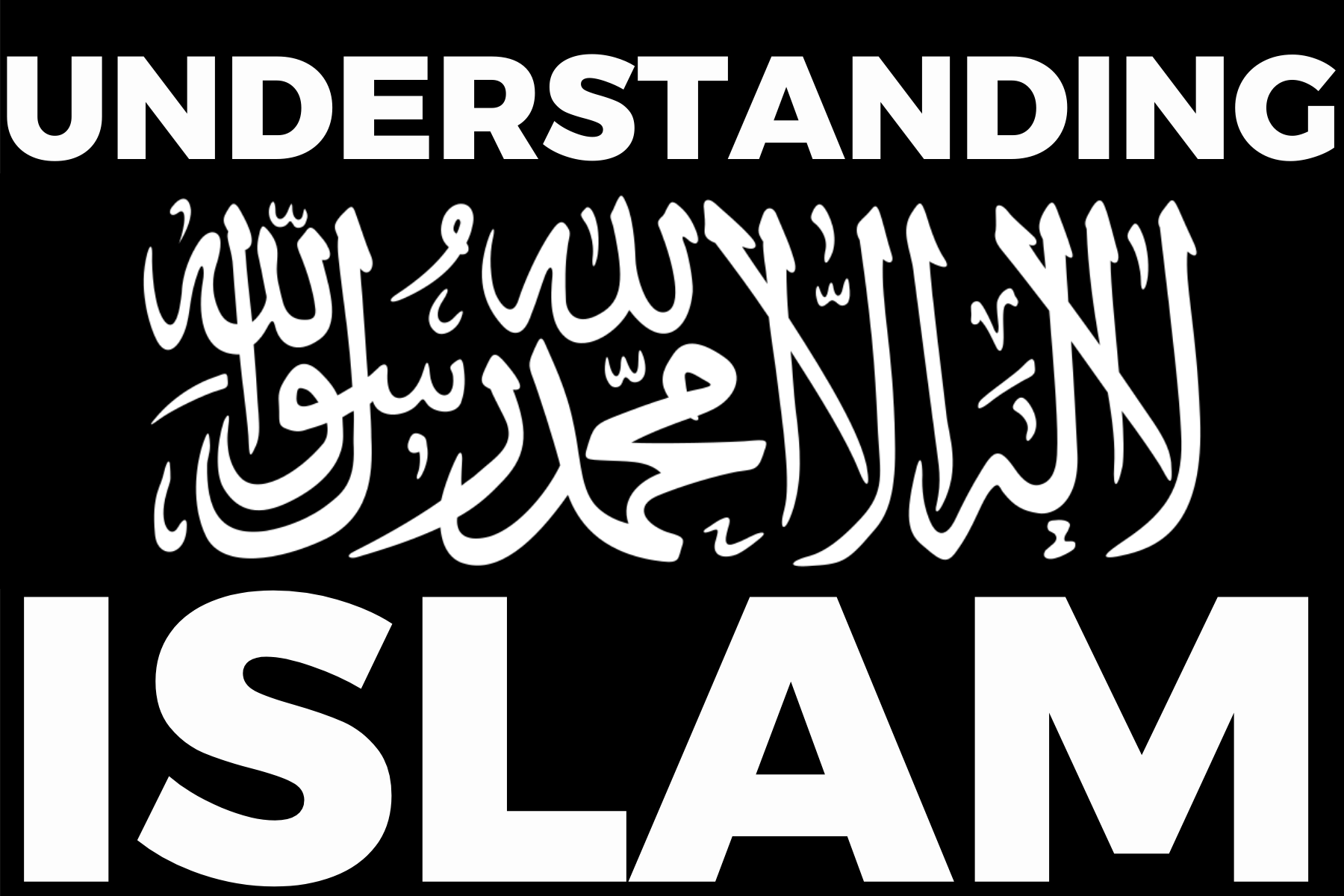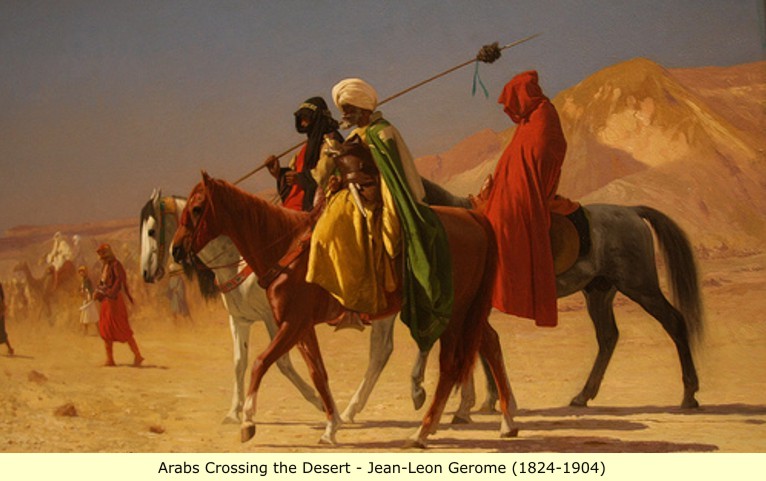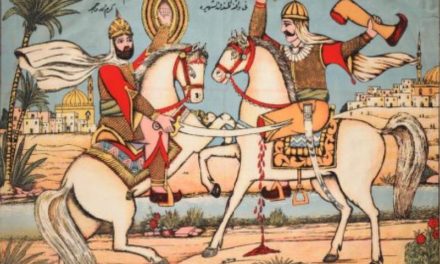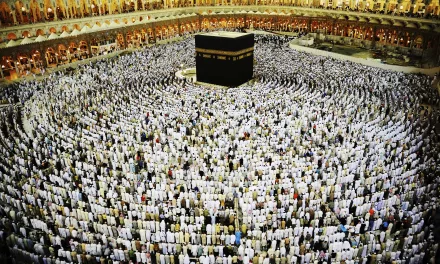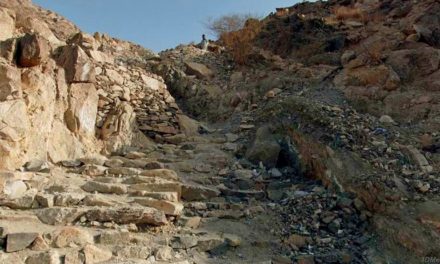Starting with his close kin, members of Bani Hashim and Bani Al-Muttalb bin ‘Abd Manaf, Muhammad (SAW) began declaring his message openly, inviting people to turn away from their idols and embrace Islam. Unsurprisingly, disapproving of the idolatrous practices of the Quraish, he met with resistance from the very beginning.
The Quraish resistance to Islam took many forms including attempts to discredit Muhammad’s (SAW) character, distort his teaching, sabotage relations with his close family, mockery, persecution and torture of his followers; attempts to buy Muhammad’s silence (SAW); assassination attempts; offering compromise, offering a non-aggression pact and, forming a total boycott against the Bani Hashim and Bani Al-Muttalb tribes that had committed to protect Muhammad (SAW) and driving them out of Makkah.
This toxic and dangerous environment caused two successive migrations of Muslims to Abyssinia to escape persecution, great suffering in Makkah and a three year exile (to Shi’b of Abu Talib) of believing and unbelieving members of the tribes that supported Muhammad (SAW). In the year of his prophethood, Muhammad’s (SAW) steadfast (yet unbelieving) uncle Abu Talib and Muhammad’s wife Khadijah both died. Weakened and facing escalating persecution and, recognizing that the Makkan’s who were resolute in opposing Islam could not be brought back to the right path, Muhammad (SAW) left Makkah for At-Ta’if in the hope of finding a less hostile environment. In fact, he met with great hostility and was stoned and chased out of the town. This was The Year of Grief and Sorrow. Despite all attempts to discredit him, the relentless mockery, persecution and torture of his followers or the persecution, assaults and assassination attempts on Muhammad (SAW) himself, Islam grew in Makkah in the first ten years of Muhammad’s Prophethood (SAW).
